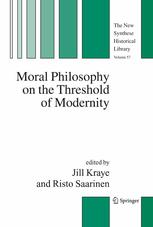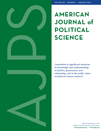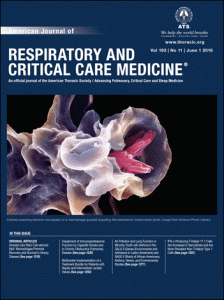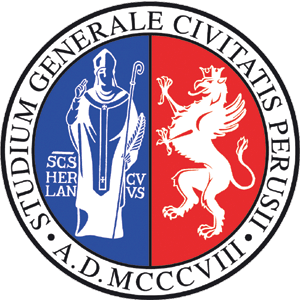
A report on the first few years of “researcher rehab” suggests that three days of intensive training have a lasting impact on participants.
Specifically, among participants — all of whom had been found guilty of at least one type of misconduct — the authors report that:
A year later, follow-up surveys indicate that the vast majority have changed how they work.
The authors claim this shows the program is worth the time and investment — a $500,000 grant from the National Institutes of Health, and a cost of $3,000 per participant for the three-day course. Do you agree? Tell us what you think in our poll at the end of the story.
Infractions ranged from consent issues for human subjects, plagiarism, and outright fraud. Still, researchers who need this training aren’t much different from everyone else, the authors note in “Lessons of researcher rehab,” published today by Nature: Continue reading Should researchers guilty of misconduct go to “rehab”?
 Join us in welcoming
Join us in welcoming 
 Pro-life activists have asked JAMA to retract a 2005 paper that suggested
Pro-life activists have asked JAMA to retract a 2005 paper that suggested 




